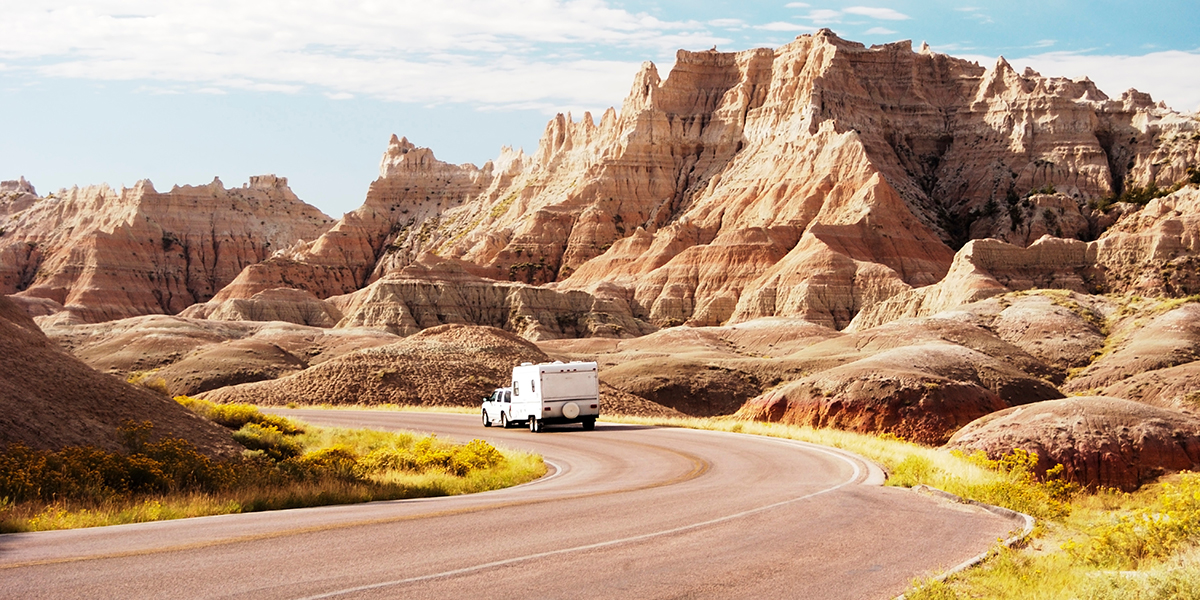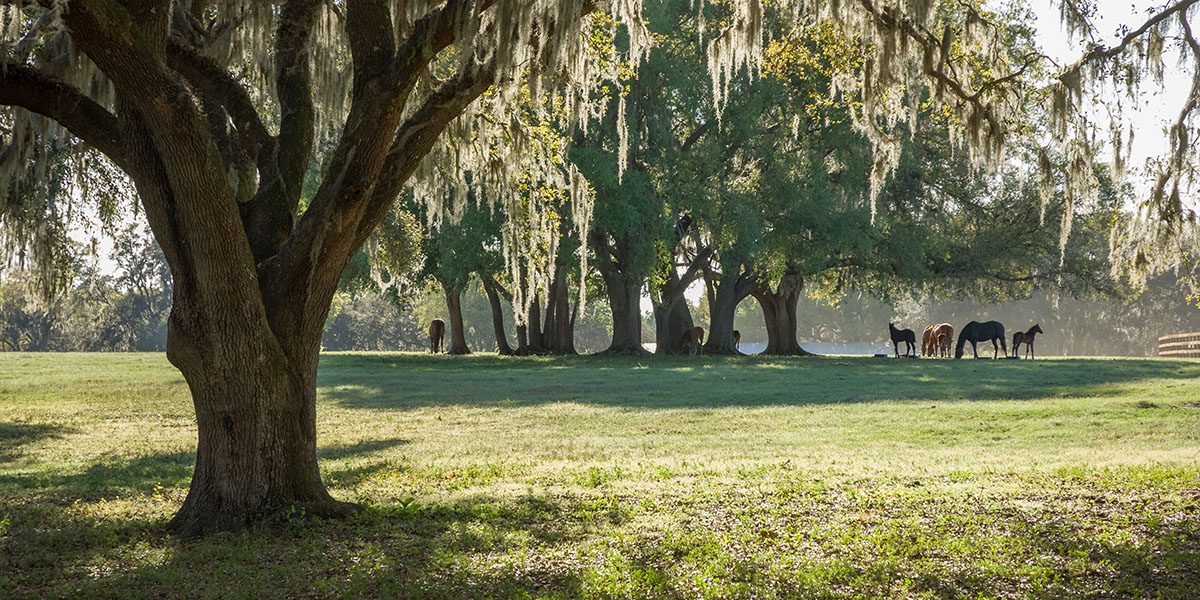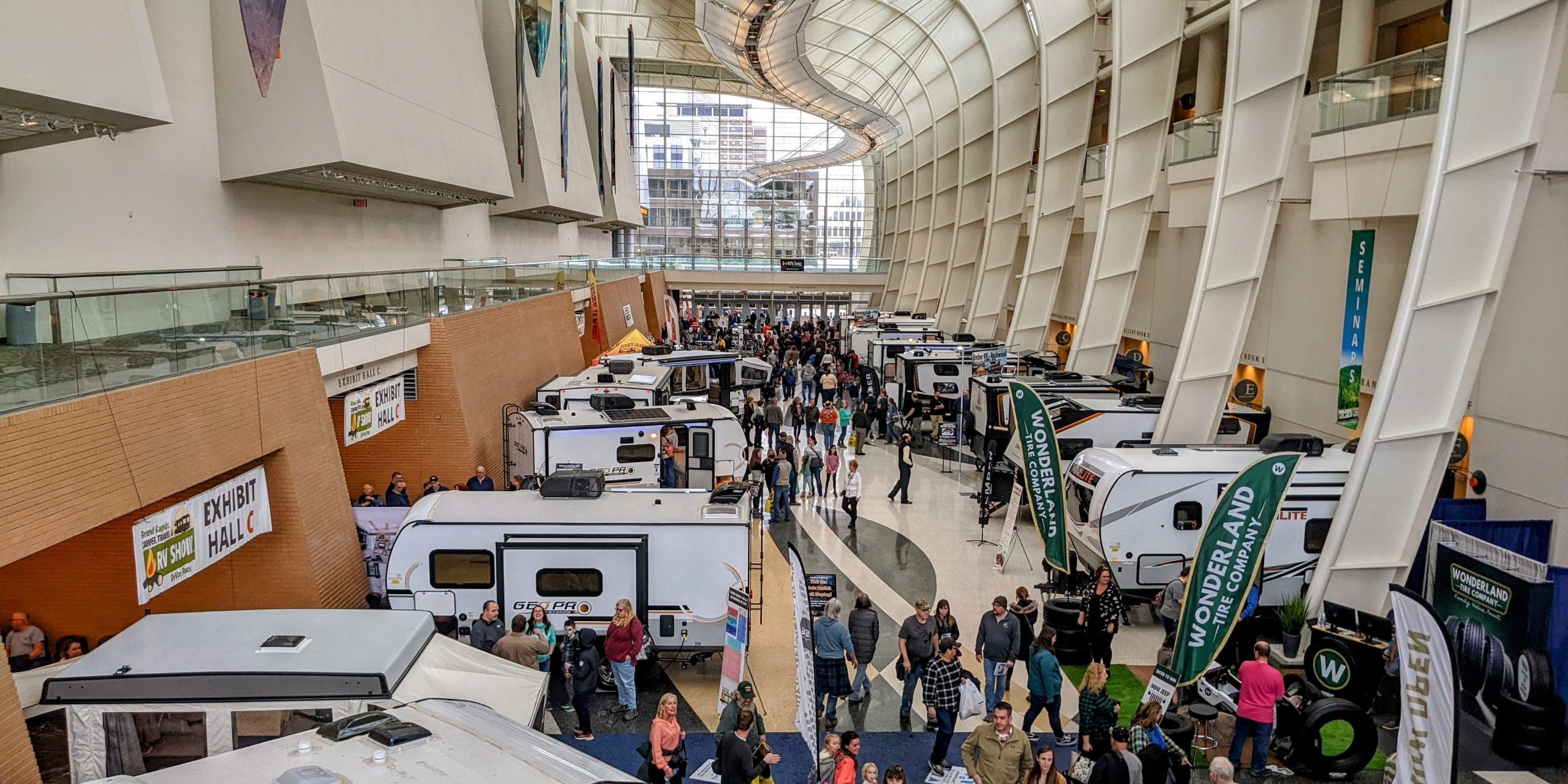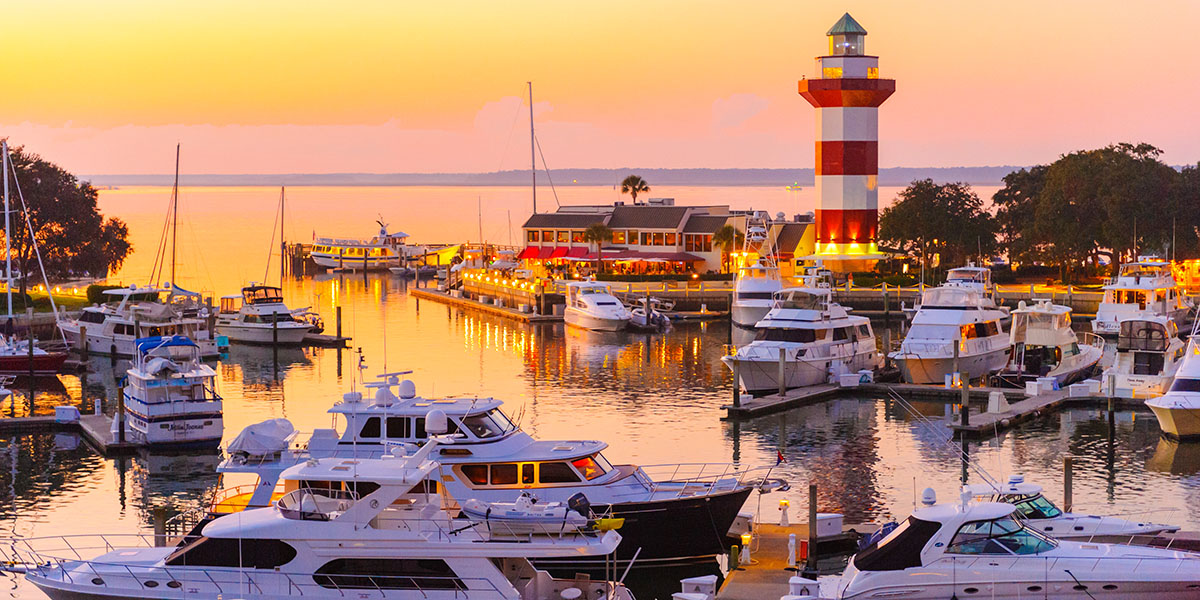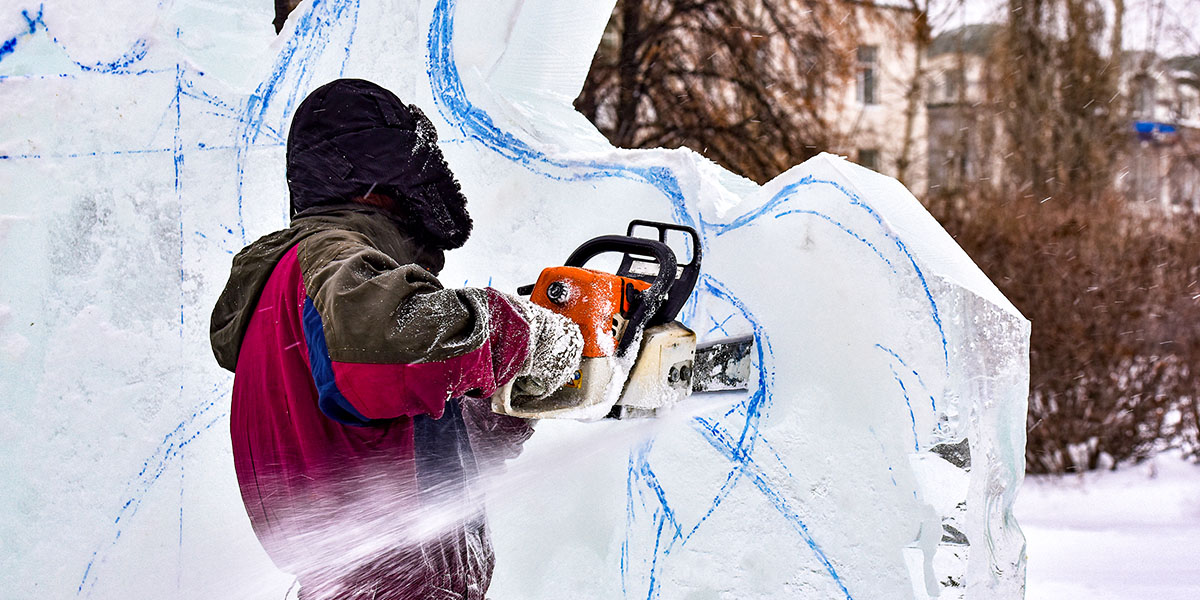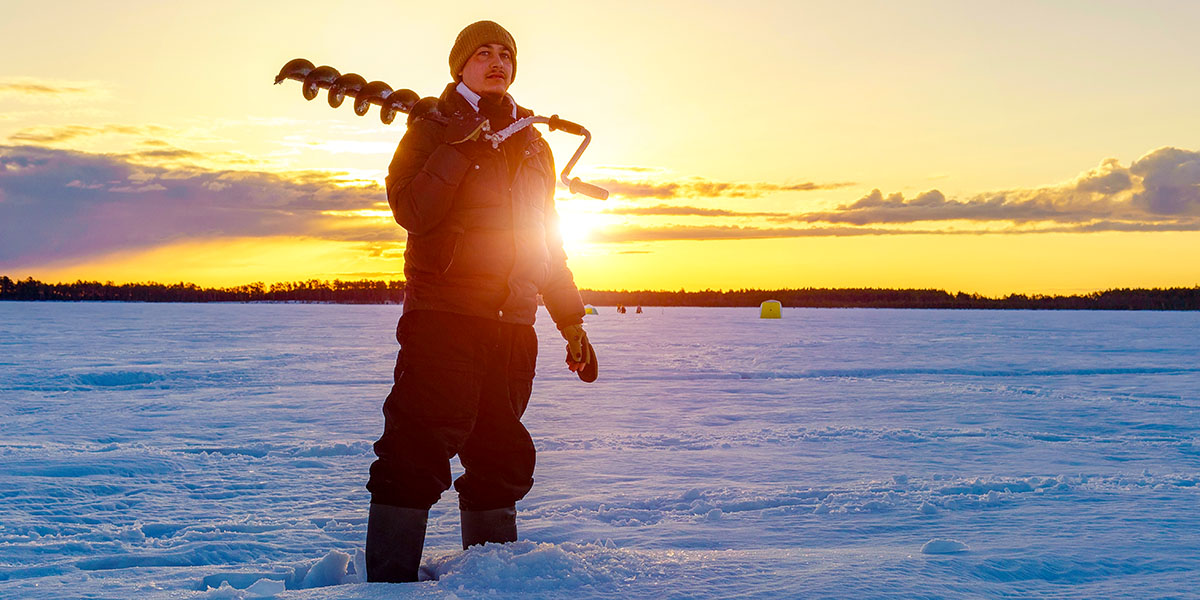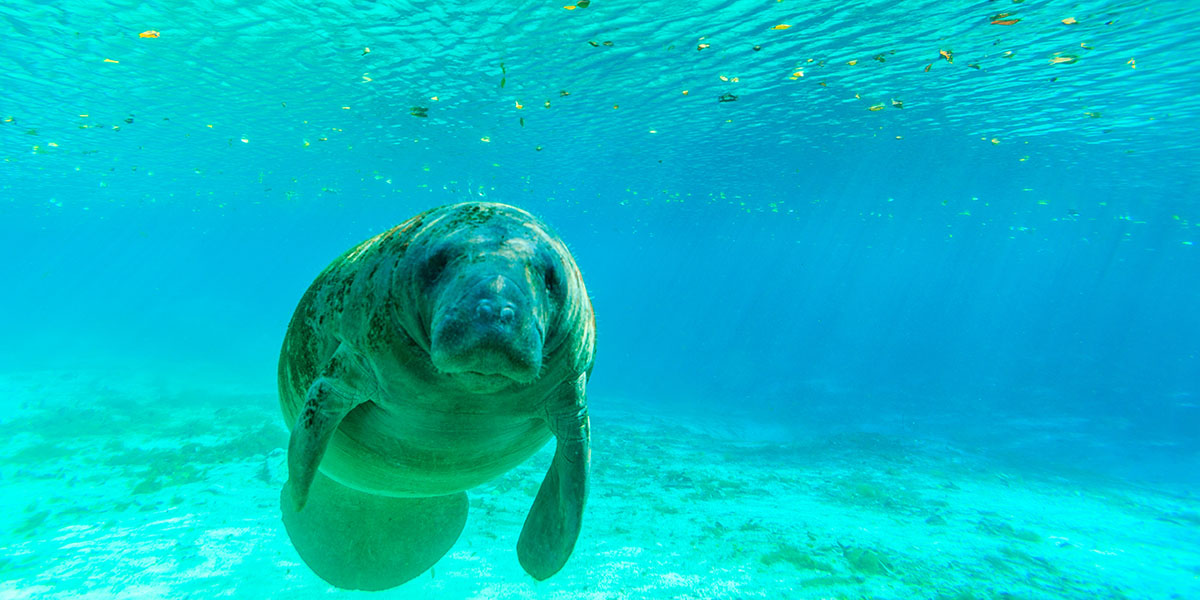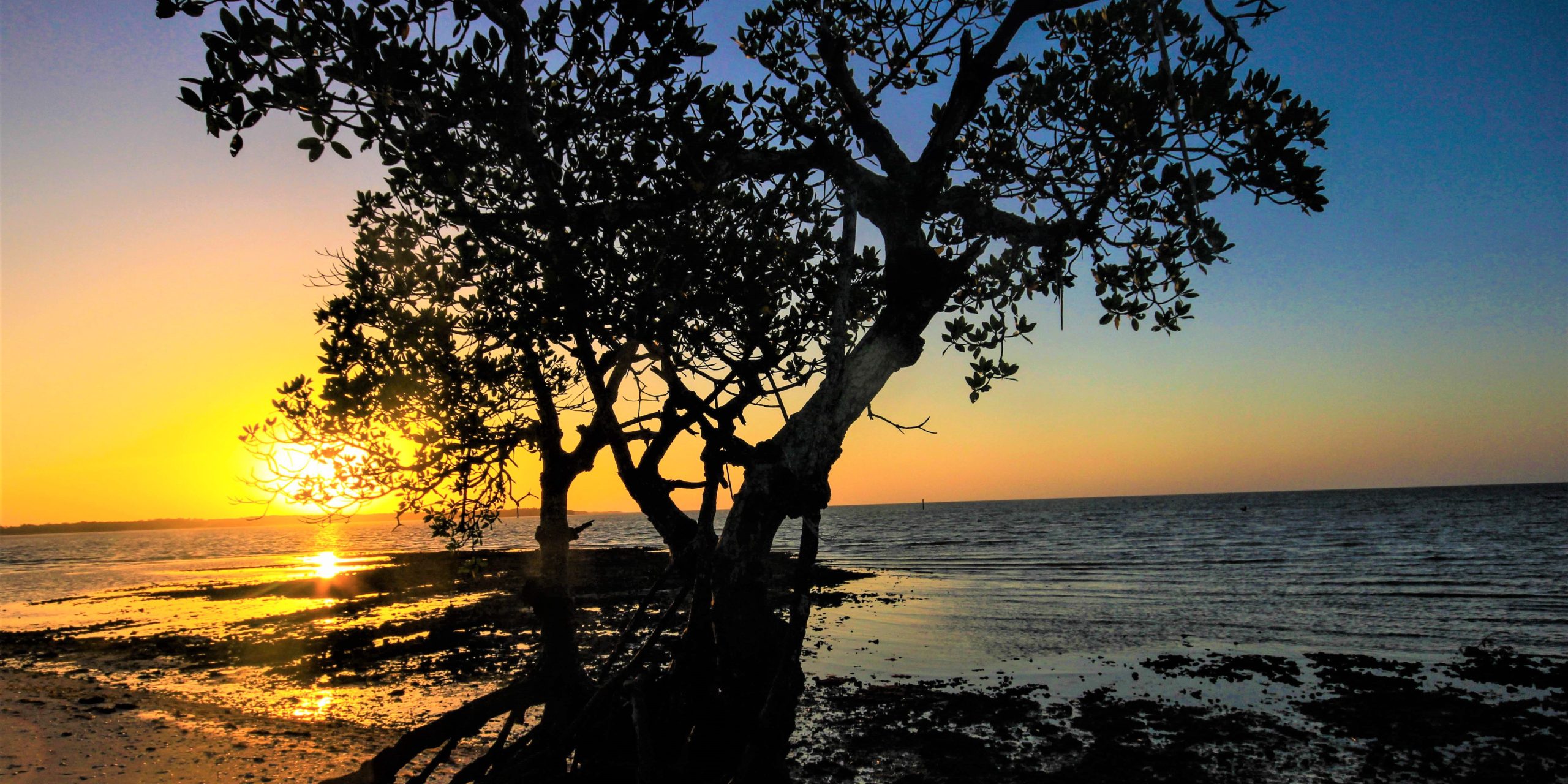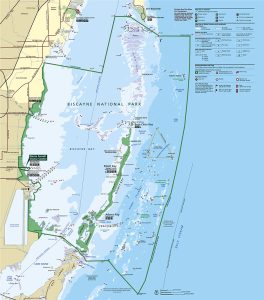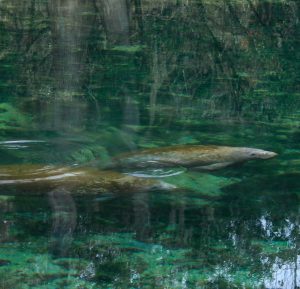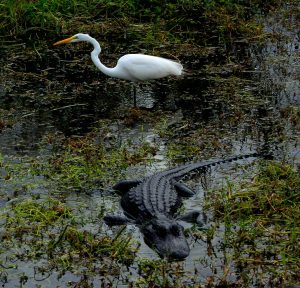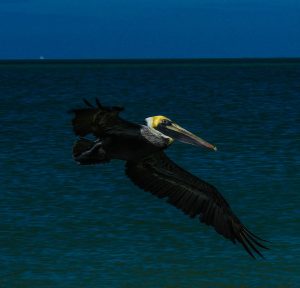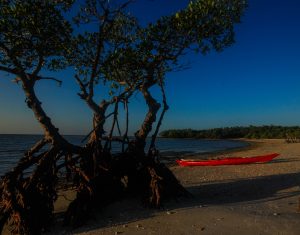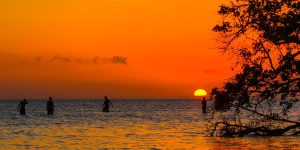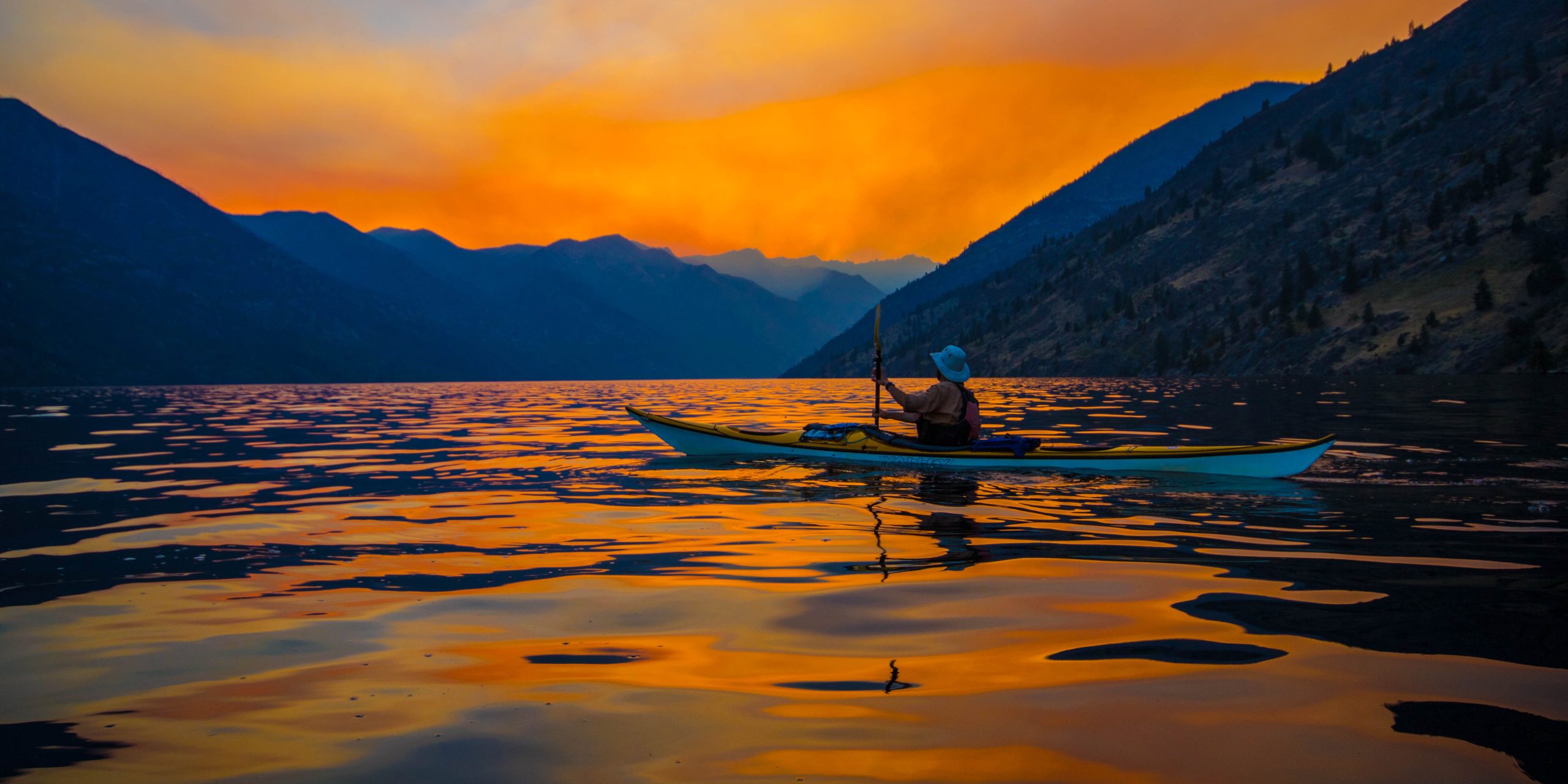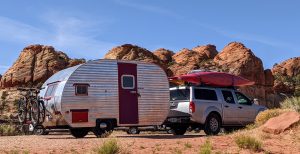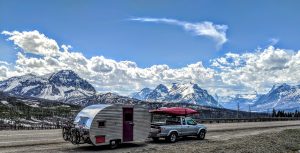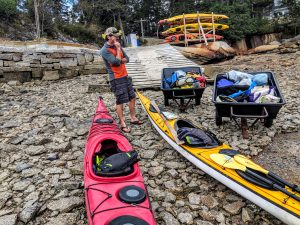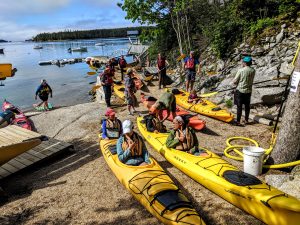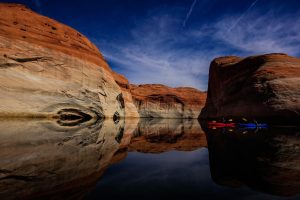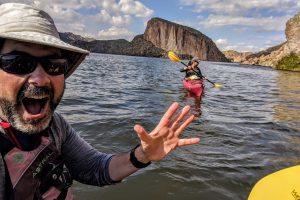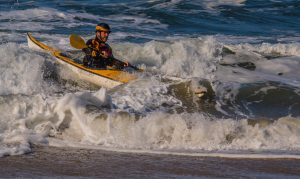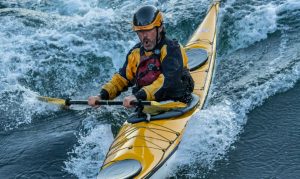As the world grows increasingly crowded, the call of the open road has become a necessary retreat for many. From the rugged peaks of the Rocky Mountains to the sweeping plains of the Midwest, many regions of America present a diverse array of landscapes that offer serene getaways. Whether you’re looking for a winter hideaway or a summer vacation, these remote regions offer a peaceful refuge from the crowds.
This helpful guide is for RV travelers looking to escape the hustle and bustle of everyday life and to find tranquility in nature. RV Trader is sharing some of the most desolate places across the United States that you can visit in your RV.
Denali National Park, Alaska
Named for the highest mountain found in North America, Denali National Park boasts over six million acres of parkland and nature preserve, much of it untamed wilderness. The 93-mile Park Road provides visitors access deep into the interior – though at the moment, the Pretty Rocks Landslide has blocked off the road beyond Mile 43, with the closure expected to continue into 2026.
Though the park welcomes over half a million visitors every year, most never go far beyond the entrance to the park, with the first (and busiest) campsite at Riley Creek sitting at Mile 0.25. For those seeking true peace and quiet, Savage River Campground at Mile 14 and Teklanika River Campground at Mile 29 are open to visitors from late May to mid-September.
With no hookups, no cell reception, and only the bare necessities when it comes to facilities, staying in Denali National Park is for wildlife lovers, adventurers, and those who want to satisfy their wanderlust amidst mountains and glaciers.
Wrangell-St. Elias National Park, Alaska
For those who want to put their rig to the test, the 13.2-million-acre Wrangell-St. Elias National Park has only two access roads, McCarthy Road and Nabesna Road, both gravel, neither with any place to get gas. Infrastructure is almost non-existent beyond the few visitor centers and ranger stations, which are only open during the summer.
Adventurers brave enough to make the trek to America’s largest national park will find Mt. St. Elias, the second-highest peak in the U.S.; Mt. Wrangell, one of the largest active volcanoes on the continent; and a glacier larger than the state of Rhode Island! What you likely won’t find are neighbors – of the human variety, at least. (Maybe invest in a bear-resistant food container.)
Hells Canyon, Idaho and Oregon
Hells Canyon beckons adventurers from all over the country, stretching across Idaho and Oregon. This natural marvel, sitting even lower than the Grand Canyon, offers sweeping panoramas, invigorating hikes, and an unmatched sense of serenity. Here, you can dive into the rugged landscapes and uncover hidden treasures that punctuate the terrain. Set up camp at Hells Canyon Park, which contains 21 RV sites with water and electric hookups.
To find true peace and quiet, you must often venture away from the chaos of daily life and embrace the calm of remote destinations scattered throughout the country. In each of these areas, you can surround yourself with unique terrain, a variety of outdoor activities, and desolate, quiet scenery. The path less chosen frequently unfolds into a remarkable and memorable adventure.
Death Valley National Park, California
When seeking desolate locations, consider journeying to Death Valley, an otherworldly wonder that holds the title of being the lowest, hottest, and driest national park in the United States. Despite its ominous name, Death Valley unveils serene landscapes that captivate the senses, from salt flats to sand dunes and unique and colorful geological formations. Picture immersing yourself in the remote tranquility of the Furnace Creek Campground, where you can disconnect from the world and savor a remarkable experience enveloped by the solitude of this desert oasis.
Black Hills, South Dakota
In the charming Midwest, the Black Hills await, boasting scenic beauty, a peaceful atmosphere, and the infamous Mount Rushmore. This alluring mountain range, celebrated for its small population, provides a serene haven to park your RV amongst tall ponderosa pine forests. Here, you can immerse yourself in the breathtaking beauty of the area, while also embarking on hikes, observing wildlife, and exploring the historic Old West town of Deadwood.
Big Bend National Park, Texas
Big Bend National Park in Texas is nestled perfectly into the rugged beauty of the Southwest. This captivating destination offers a surreal experience, with its rugged mountains, vast desert plains, and the iconic Rio Grande gently winding through the terrain. As the sun sets, you can immerse yourself in the wonders of the night sky, for Big Bend is a stargazer’s dream come true. Picture setting up your RV at the Chisos Basin Campground, located far from the lights of the city, allowing you to revel in the untainted beauty of the starry sky above.
Porcupine Mountains, Michigan
In the northern reaches of Michigan lies the Porcupine Mountains Wilderness State Park, a pristine haven of dense forests, unspoiled rivers, and the allure of the Lake Superior coastline. Here, travelers can delight in the harmony of nature as they wander through enchanting trails, encountering breathtaking vistas and observing wildlife along the way.
North Maine Woods, Maine
If it’s stargazing you’re into, you won’t find darker skies on the East Coast than those above the North Maine Woods. Visitors are advised to come equipped with everything they need for their stay, as well as a spare tire or tire patch kit or two, since there aren’t any paved roads in the region. That last factoid may be surprising, considering that timber corporations own most of the land.
At over 3.5 million acres in size, it’s about the size of the entire Tokyo metropolitan area – which boasts a population of over 37 million people versus the 100,000 visitors the North Maine Woods welcomes every year. Whether it’s hunting, fishing, or just getting lost in nature you’re after, this is a must-visit destination. Just watch out for the logging trucks.
If you prefer to keep your wheels on asphalt, consider the Acadia National Park or Rangeley Lake State Park.
Adirondack Park, New York
Adirondack Park in New York is a great spot for RV enthusiasts seeking seclusion. The vast wilderness offers a myriad of hiking trails, weaving through enchanting forests and pristine lakes. Here, travelers can encounter majestic moose and elusive bears, while embracing tranquility at the numerous RV-friendly campsites.
The Everglades, Florida
The Everglades, a sprawling Florida gem, beckons adventurers with its untamed wilderness spread across hundreds of miles. Its massive network of wetlands and forests features plenty of diverse wildlife, from alligators to rare bird species. The Flamingo Campground, nestled among enchanting mangroves and serene marshes, provides a tranquil, RV-friendly haven for exploration.
If you’re ready to buy a new RV for your explorations, visit RV Trader to search our extensive inventory of new and used rigs.
By Sam Moon
